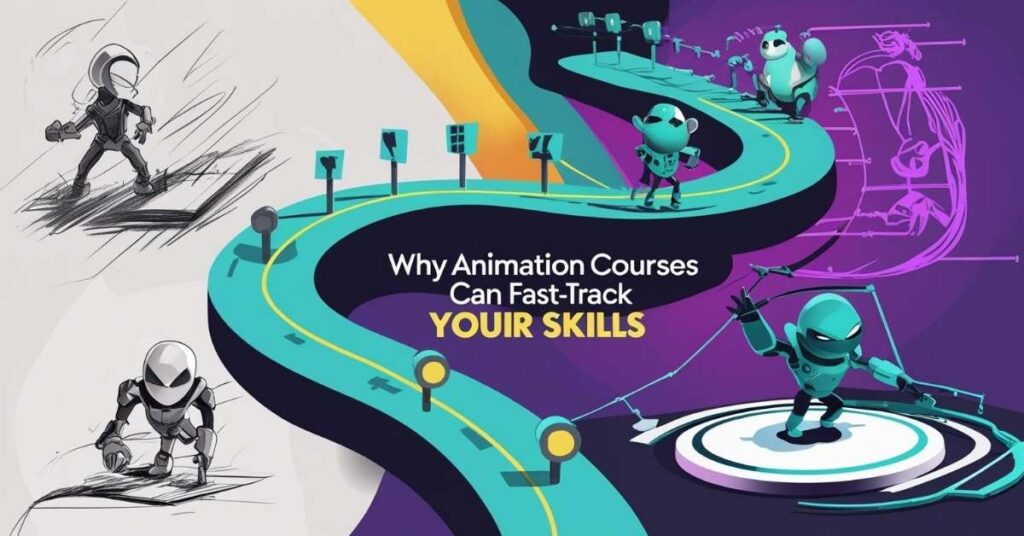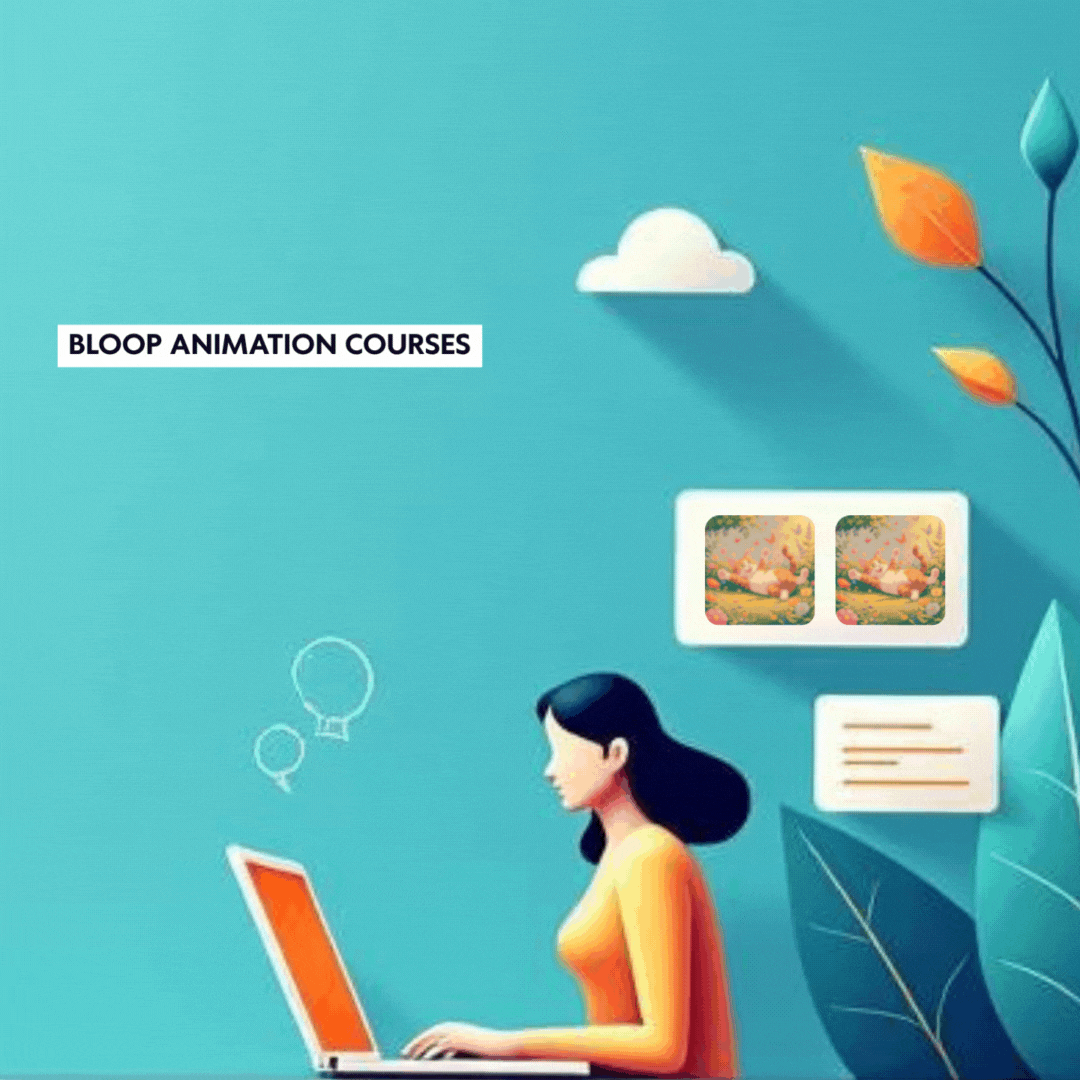When you first dive into the world of animation, it’s easy to feel overwhelmed. There are thousands of tools, tutorials, and techniques out there—and no clear roadmap. Should you learn everything yourself? Or should you invest in a course?

Let’s be honest: not everyone thrives in a classroom (virtual or not). Some of us learn best on our own time, in our own way. In fact, I’ll be covering that exact path in Part 2 of this series. But in this post, we’re going to focus on the powerful benefits of traditional training and online courses—and why they might be the right fit for your animation journey.
Whether you’re considering an in-person workshop, an online bootcamp, or a platform like Artist School or Bloop Animation, here’s why structured training might be worth your time (and money).
1. You Get a Clear, Structured Learning Path
One of the biggest advantages of formal training is organization. When you’re self-taught, you have to figure out what to learn, in what order, and where to even start. That alone can lead to burnout or skipping fundamentals.
Courses like the ones from Artist School or Bloop lay everything out for you:
- Lesson 1: Core drawing skills
- Lesson 2: Movement principles
- Lesson 3: Acting and emotion
- Lesson 4: Finishing and polish
That kind of flow can give beginners a massive head start.
2. You Get Feedback and Mentorship
One of the hardest parts of learning alone? Not knowing what you’re doing wrong.
With courses or bootcamps, you often get feedback from instructors or peers. This is especially true for more intensive platforms like Bloop’s “Animation Foundations” or Artist School’s one-on-one mentorship add-ons.
Mentorship means someone can point out what to fix—and more importantly, how to fix it.
3. You Join a Creative Community
Animation can be lonely. Taking a course plugs you into a network of learners, artists, and instructors. That network can:
- Give support and accountability
- Offer new ideas and perspectives
- Motivate you to actually finish your projects
A good course makes learning social. And when you’re surrounded by others who care about animation as much as you do, everything becomes more fun—and more possible.
4. You Build Projects That Actually Matter
Many animation courses are project-based, meaning you’ll create real animations—shorts, scenes, characters—that you can use in a portfolio.

This is where structured training shines. Instead of just “noodling” with practice exercises, you’re guided through the process of finishing something polished.
It’s like training for a marathon instead of just running around the block: it gives your progress purpose.
✨ Ready to try Bloop? Learn animation the focused, frustration-free way.
Affiliate link – I may earn a small commission if you join (at no extra cost to you!). I only recommend what I’ve tried and love.
5. You Stay Motivated and On Track
Being self-taught sounds exciting—until you hit a wall.
Courses are built with momentum in mind. Lessons stack, projects build, and deadlines push you forward. For many learners, that structure can be the difference between giving up and getting better.
If you’re the kind of person who thrives with direction and deadlines, this kind of training can be your secret weapon.
My Personal Picks: Artist School & Bloop Animation
If you’re wondering where to start, I recommend checking out:
- Artist School – A flexible, high-quality online platform packed with beginner-focused animation courses. The instructors are pros, but the lessons are super beginner-friendly.
- Bloop Animation – Especially great for animators who want to explore 2D, storyboarding, or software-specific courses like Toon Boom or After Effects.
Both are beginner-friendly, affordable, and deeply motivating.
✨ Ready to try Bloop? Learn animation the focused, frustration-free way.
Affiliate link – I may earn a small commission if you join (at no extra cost to you!). I only recommend what I’ve tried and love.
But It’s Not for Everyone (And That’s Okay)
Some people don’t thrive in courses. Some can’t afford them. Some prefer figuring things out their own way. And that’s valid.
That’s exactly why I’m writing Part 2 of this series—where I’ll explore the power of being self-taught, and share tools, resources, and ideas for building your skills without signing up for anything.
But if you’re someone who values support, structure, and clear results, then taking an animation course could be the best decision you make for your creative growth.




























